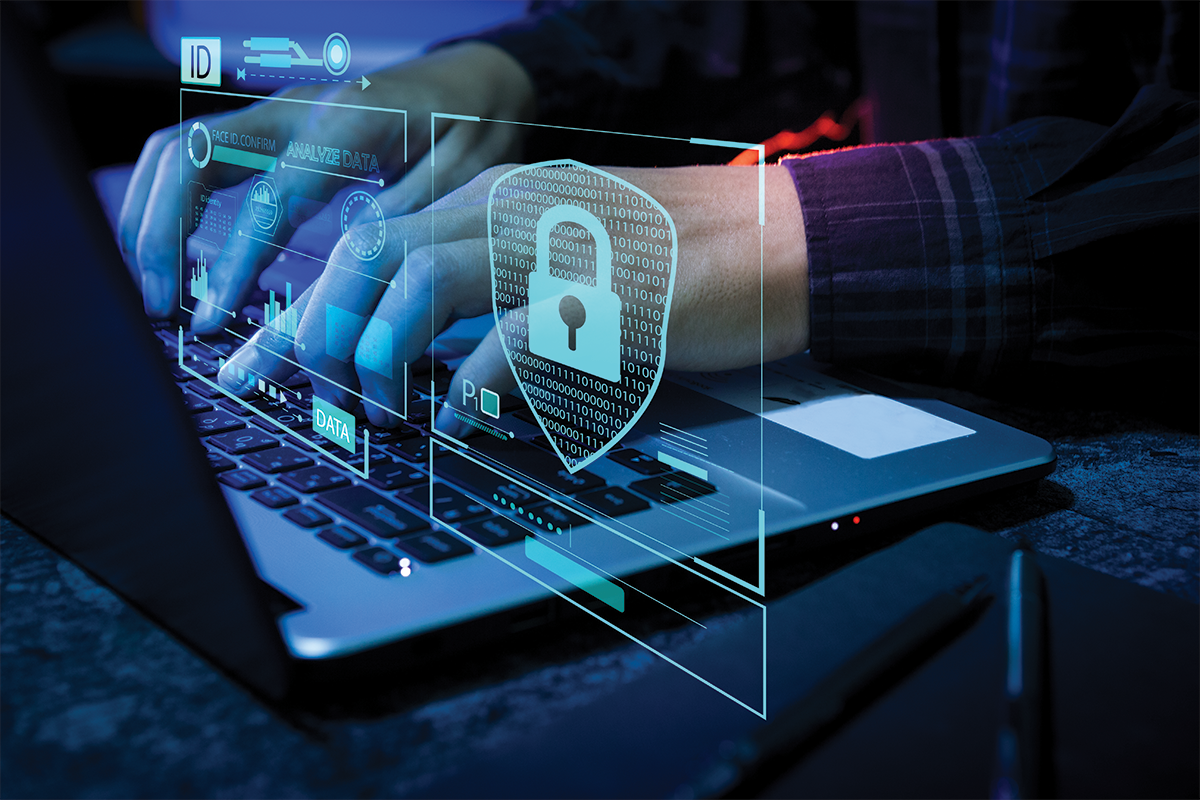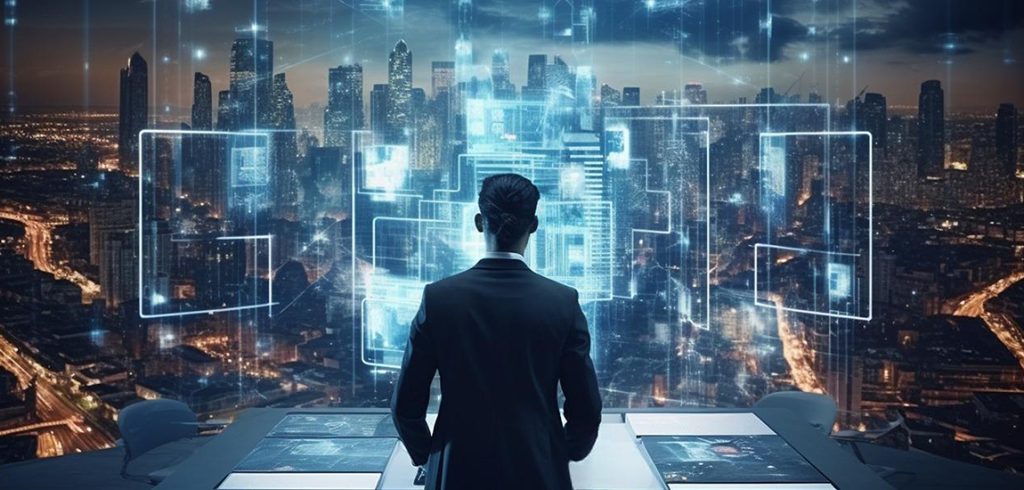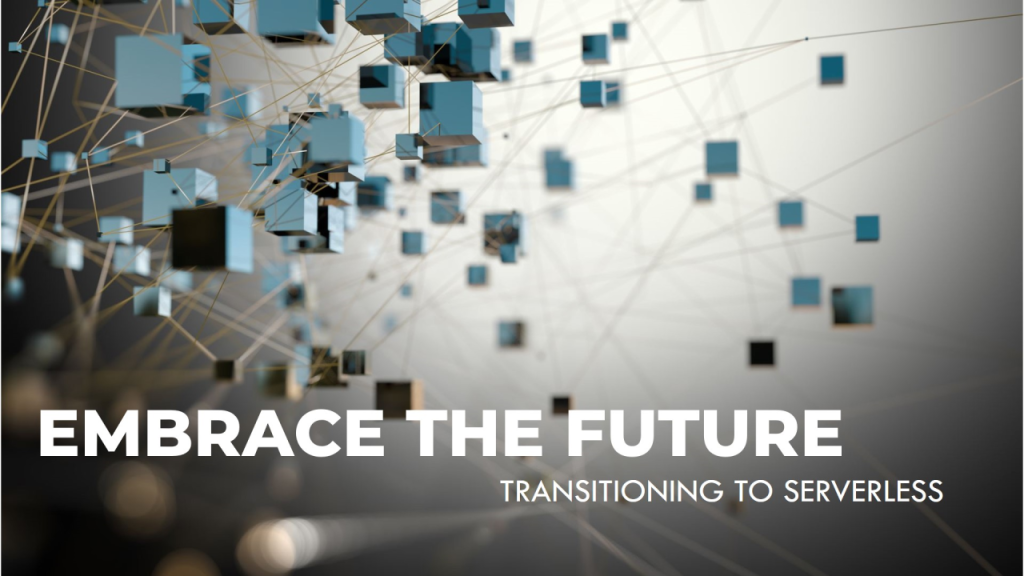In a world where digital threats are getting increasingly complex and sophisticated, staying ahead is crucial. Cutting-edge cybersecurity innovations are transforming the way we protect data and systems. From AI-powered defenses to proactive threat hunting, the vulnerable digital landscape is being safeguarded by these latest breakthroughs. While cybersecurity technologies continue to evolve, the financial implications of cyber attacks are also increasing at breakneck speed. In 2023, the global average data breach cost rose to $4.45 million, marking a 15% increase over the past three years.
The latest advancements in cybersecurity technologies collectively address a broad spectrum of vulnerabilities and enhance protection across digital platforms. Behavioral analytics, cloud encryption, Extended Detection and Response (XDR), Manufacturer Usage Description (MUD), Zero Trust frameworks, and silent authentication are strategies companies are adopting to strengthen their cyber defense mechanisms. These new trends – powered by AI and ML, are contributing significantly to mitigate cybersecurity risks.
Role of AI in Cybersecurity
AI transforms cybersecurity by bolstering various security operations and automating complex tasks traditionally handled manually. Here’s an overview of some areas enhanced by AI:
- Threat Detection and Response: AI analyzes vast amounts of data to identify potential threats and automates responses to security incidents. For instance, AI can isolate threats based on specific criteria such as device, user, or location and initiate appropriate actions, like shutting down a compromised system to prevent further damage.
- AI-powered Remediation: Advanced AI applications help security teams remediate threats more efficiently. AI can process security alerts and offer tailored remediation instructions, making it easier for teams to respond to and mitigate security risks.
- Enhanced Threat Intelligence: Generative AI transforms threat intelligence by automatically analyzing code and network traffic. Cybersecurity analysts can gain deeper insights into threats without complex queries or manual data analysis.
- Automated Security Patching: AI technologies, especially using algorithms like neural networks, can identify vulnerabilities in codebases and suggest or apply patches automatically. This reduces the time and effort required for maintaining system security.
- Improved Incident Response: AI can speed up incident response by automating the generation of reports and response strategies based on successful tactics in past incidents.
- Strengthened Access Control: AI enhances access control mechanisms by using advanced authentication methods, such as biometric identifiers, and analyzing behavioral patterns to detect suspicious activities.
- Risk Assessment and Management: AI helps automate risk assessments, provide insights into potential risks, and suggest mitigation strategies. This enables organizations to prioritize and manage risks more effectively.
- Vendor and Security Questionnaire Automation: AI can streamline the vendor assessment process and automate the response to security questionnaires, saving significant time and ensuring response consistency and accuracy.
Cybersecurity Challenges
- Generative AI in Cybersecurity: AI continues to be a double-edged sword in cybersecurity. While it aids in real-time threat detection, smart authentication, and automated incident response, it also presents new threats, such as AI voice cloning, which could increase identity theft and other social engineering tactics.
- IoT Devices: With the proliferation of IoT devices, IoT security will become increasingly crucial. There is a growing need to implement stringent security measures to protect these devices from cyber threats, as many currently lack adequate security and regulatory compliance.
- 5G and IoT Security: The rollout of 5G is set to increase connectivity but also brings significant security challenges. The complexity of 5G networks introduces new vulnerabilities that cybercriminals could exploit, especially in IoT devices, which are becoming ubiquitous in various sectors.
- Ransomware as a Service (RaaS): The RaaS model is becoming more sophisticated, with cybercriminals adopting business-like structures to scale their operations. This makes ransomware attacks more accessible and potentially damaging, highlighting the need for robust defense mechanisms.
- Cloud Security: As more businesses rely on cloud computing, ensuring robust cloud security is crucial. The shift towards hybrid work models has increased reliance on cloud services, making it essential to protect sensitive data from breaches and to comply with regulatory requirements.
Some Recent Cybersecurity Incidents
Recent cybersecurity incidents have underscored the vulnerability of digital platforms. In November 2023, Infosys, a major IT services company, reported a security event that impacted several applications within its U.S. unit, demonstrating the risks global tech companies face. The specific details of the attack’s nature were only partially disclosed initially. Still, it led to several applications becoming unavailable, highlighting the potential operational disruptions and the importance of robust cybersecurity measures for protecting critical IT infrastructure.
In February 2024, VARTA, a German battery manufacturer, had to halt production at several plants due to a cyberattack, reflecting the potential operational impacts of cyber threats on manufacturing sectors. The attack affected five production sites, three of them in Germany and one each in Romania and Indonesia. The disruption affected plants that produce batteries for various applications, including electric vehicles and industrial cells.
In March 2024, NHS Dumfries and Galloway, a health board in Scotland, was targeted by a focused and ongoing cyberattack. This incident significantly disrupted healthcare services and led to the leak of sensitive patient data, which was subsequently published on a dark web site by the attackers, a ransomware group known as INC Ransom. The attackers used this leak as leverage to demand ransom from the local health board, putting further pressure on the organization to comply with their demands.
The Way Forward
These incidents highlight the need for cybersecurity measures to keep evolving using the latest technologies powered by AI/ML as mentioned above. Known for its robust security features, blockchain is anticipated to play a significant role in enhancing data integrity and security across various sectors, including finance, healthcare, and government, due to its decentralized and tamper-resistant nature.
Sharing information about cyber threats and effective defense mechanisms between companies is becoming more common. This collaboration will help organizations better prepare and respond to cyber threats collectively.
Zero trust models will continue to be a central theme in cybersecurity strategies. This approach assumes no implicit trust and verifies each request as though it is originating from an open network, enhancing security across all users, devices, and applications.
Modeled on the Zero Trust security principle, GS Lab | GAVS’ cybersecurity services and solutions cater to the full suite of digital enterprise needs, right from strategy formulation to managing SOC operations. Driven by people, process, and platforms, we help organizations bring a cultural shift to ensure a risk-free business environment. To learn how we can help accelerate your cybersecurity journey leveraging our AI/ML capabilities, automation, and technology partnerships, please visit https://gavstech.com/services/digital-solutions/cybersecurity-solutions/.




